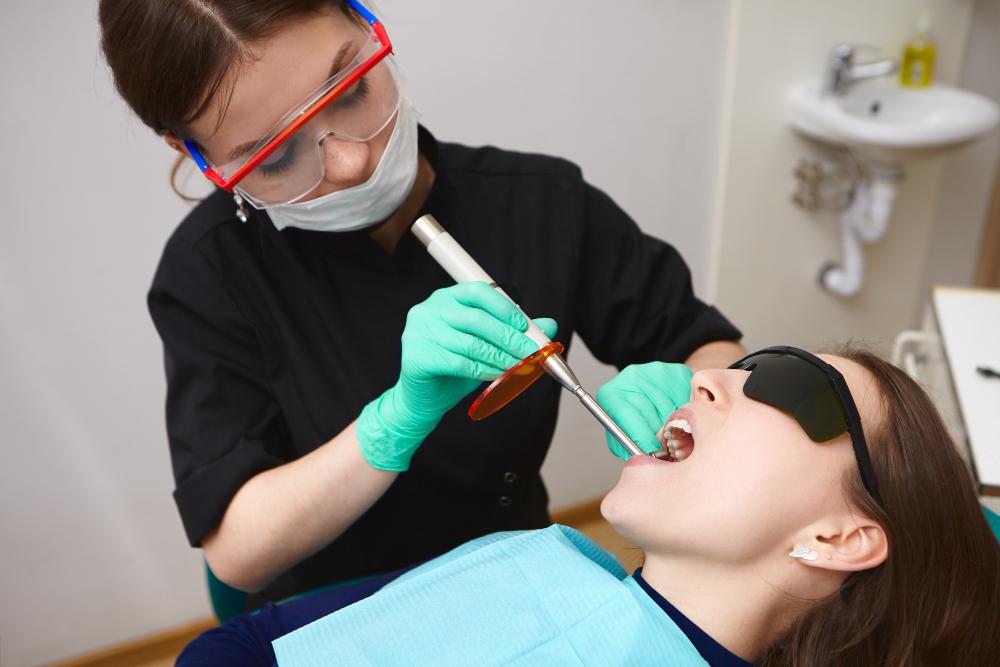Dental burs are crucial tools in the dental industry, allowing dentists to perform a variety of procedures with precision and efficiency. Whether it's for preparing cavities, shaping teeth, or finishing restorations, dental burs are used extensively in every dental office. However, their longevity depends on proper care, sterilization, and maintenance. In this article, we’ll explore the best practices to sterilize and maintain dental burs, ensuring they remain effective and last longer.
Why Proper Care of Dental Burs Matters
Dental burs, especially those made from high-quality materials like stainless steel or carbide dental burs, can last a significant amount of time when properly cared for. But improper cleaning, sterilization, and storage can quickly cause damage, reducing their cutting ability and overall lifespan. Maintaining burs correctly doesn’t just save money in the long run, but also ensures that procedures are carried out with the best tools available, leading to better patient outcomes.
To maintain burs, it’s crucial to understand how they work. They function by rapidly rotating to grind or shape tooth material. Over time, this repetitive motion causes wear and tear, particularly on the cutting edges. Regular maintenance helps minimize this wear, ensuring that burs remain sharp and effective for longer periods. Sterilizing them properly is equally important to prevent infections and contamination between patients.
Steps for Sterilizing Dental Burs
Sterilization is essential to ensure dental burs are free from bacteria, viruses, and other harmful microorganisms. The following are the best practices for sterilizing dental burs:
- Initial Rinsing: After use, rinse the dental burs immediately to remove blood, debris, and tissue particles. This prevents these materials from drying and bonding to the surface of the burs, which can affect sterilization.
- Cleaning: Use an ultrasonic cleaner to remove stubborn debris. This cleaning method uses high-frequency sound waves to create microscopic bubbles that dislodge dirt and particles from the burs. This process ensures that the burs are thoroughly cleaned before they are sterilized.
- Autoclaving: Autoclaving is the most effective method of sterilizing dental burs. The burs are placed in sterilization pouches and exposed to high-pressure steam at temperatures of around 250°F (121°C) for about 15-20 minutes. The autoclave kills bacteria, viruses, and spores that may be present.
- Drying: After autoclaving, allow the dental burs to cool and dry completely before storing them. Damp burs can lead to rust, reducing their lifespan and effectiveness.
- Regular Inspection: Even after sterilization, inspect the burs regularly for any signs of damage, such as worn-down tips or cracks. Damaged burs should be discarded to ensure the safety and success of dental procedures.
Maintaining the Cutting Efficiency of Dental Burs
Proper maintenance isn’t limited to just sterilizing dental burs. Their cutting ability must be maintained to ensure they remain effective during procedures. Here are some key tips for maintaining burs:
- Use Proper Speed and Pressure: When using burs, it’s important not to apply excessive pressure or use them at speeds that are too high. This can cause excessive wear and shorten their lifespan. Always follow the manufacturer's guidelines regarding the appropriate speed and pressure for each type of bur.
- Lubrication: Some dental burs require lubrication during use, especially rotary instruments. Regularly lubricating the burs can reduce friction, minimize wear, and improve cutting performance.
- Store Correctly: Dental burs should be stored in a dry, clean place after use. Keeping them in a sterilization tray or individual containers ensures that they are protected from damage and contamination.
- Sharpening: If you notice that the bur has become dull, consider sending it for professional sharpening, especially for carbide dental burs. Regular sharpening will help maintain their cutting ability and extend their useful life.
How to Avoid Common Mistakes
There are several common mistakes that can shorten the lifespan of dental burs. These include:
- Failing to Clean Burs Immediately: Allowing debris to dry on dental burs before cleaning them can make it much harder to remove. Always clean burs immediately after use to ensure a more effective sterilization.
- Overuse: Using dental burs beyond their lifespan can affect the quality of work and result in unnecessary wear on the instrument. Replace burs as needed to ensure optimal performance.
- Incorrect Storage: Storing burs in a place where they can be easily damaged can affect their effectiveness. Always store them in a way that prevents them from becoming bent or nicked.
Conclusion
Proper sterilization and maintenance of dental burs are essential for their longevity, as well as for ensuring the quality of dental work. By following the best practices for cleaning, sterilizing, and storing dental burs, dental professionals can extend their lifespan and maintain the precision needed for successful procedures. If you’re looking for reliable sources for dental supplies and equipment, Safco Dental Supply offers a range of high-quality products to support your practice's needs.

